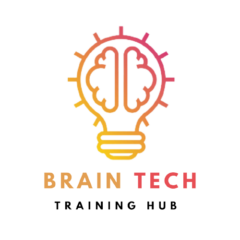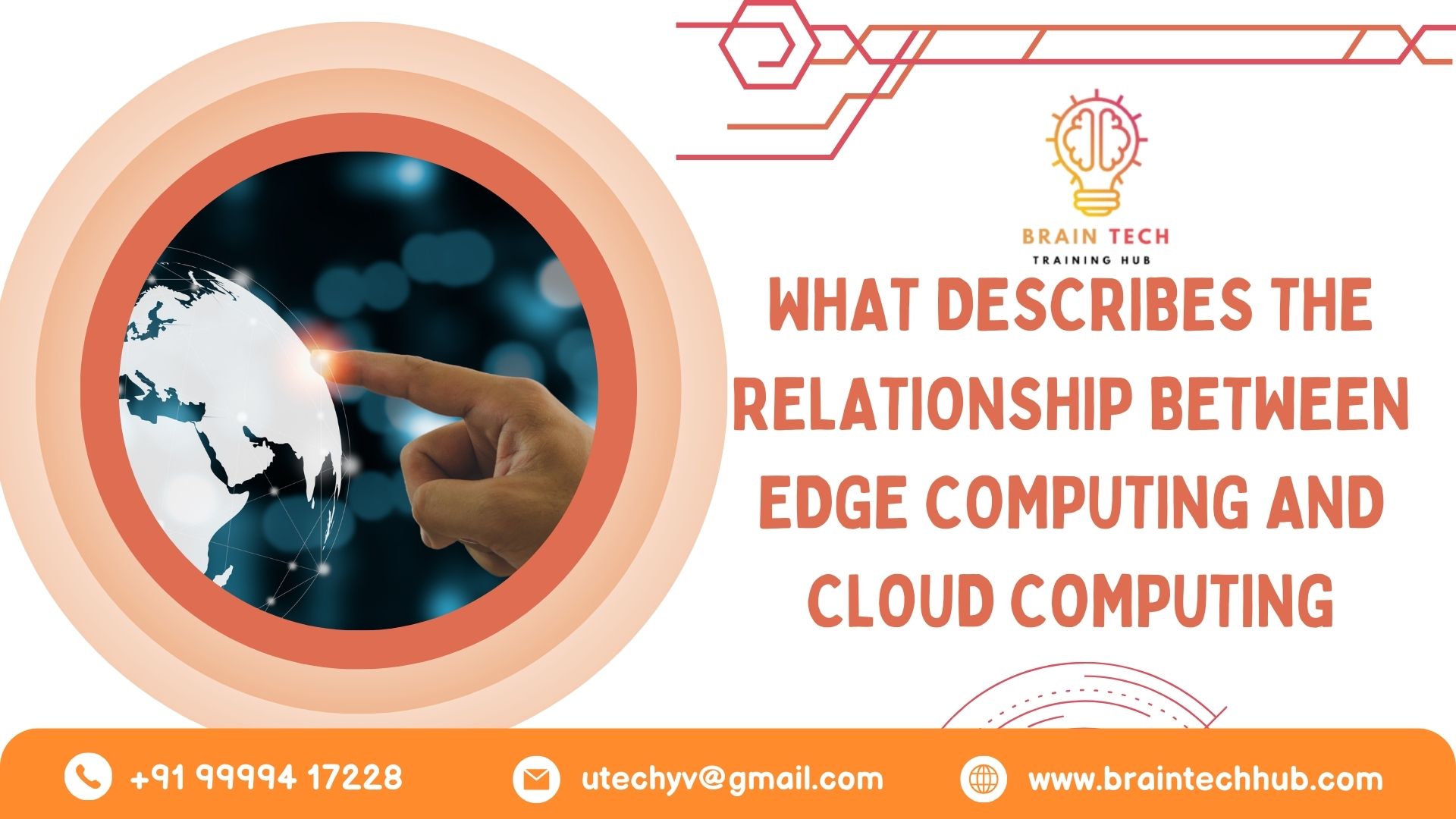- Introduction to Edge Computing and Cloud Computing
- Understanding Edge Computing
- Definition and Concept
- Characteristics of Edge Computing
- Exploring Cloud Computing
- Definition and Concept
- Characteristics of Cloud Computing
- The Relationship Between Edge Computing and Cloud Computing
- Complementary Roles
- Key Differences
- Integration Challenges
- Use Cases and Applications
- Edge Computing Use Cases
- Cloud Computing Use Cases
- Advantages of Combining Edge and Cloud Computing
- Enhanced Performance
- Improved Scalability
- Cost Efficiency
- Challenges and Considerations
- Security Concerns
- Data Management
- Future Trends and Predictions
- Conclusion
What Describes the Relationship Between Edge Computing and Cloud Computing
Edge computing and cloud computing are two significant paradigms in the realm of modern technology. While they serve distinct purposes, their relationship is symbiotic, offering unique advantages when utilized together. Let’s delve into the intricacies of both and explore how they intertwine to shape the digital landscape.
Understanding Edge Computing
Definition and Concept
Edge computing involves processing data near the source of generation, at the edge of the network, rather than relying on a centralized data processing warehouse. It brings computation and data storage closer to the location where it is needed, enabling faster response times and reduced latency.
Characteristics of Edge Computing
- Proximity to Data Source
- Low Latency
- Distributed Architecture
Exploring Cloud Computing
Definition and Concept
Cloud computing, on the other hand, revolves around delivering computing services—including servers, storage, databases, networking, software, and more—over the internet. It enables users to access resources on-demand without the need for extensive hardware infrastructure.
Characteristics of Cloud Computing
- On-Demand Service
- Scalability
- Resource Pooling
The Relationship Between Edge Computing and Cloud Computing
Edge computing and cloud computing complement each other to form a robust infrastructure for modern applications. While edge computing handles real-time processing and analysis of data at the edge of the network, cloud computing provides the backbone for storage, management, and complex computations.
Complementary Roles
Edge computing and cloud computing work hand in hand to optimize performance and efficiency. Edge devices process time-sensitive data locally, while the cloud handles more resource-intensive tasks and long-term storage. This division of labor ensures optimal utilization of resources.
Key Differences
While both paradigms aim to enhance accessibility and efficiency, they differ in their approach. Edge computing prioritizes speed and agility by processing data locally, whereas cloud computing emphasizes scalability and centralized management.
Integration Challenges
Despite their complementary nature, integrating edge and cloud computing poses certain challenges. Ensuring seamless communication, maintaining data consistency, and addressing security concerns are critical aspects that need to be addressed for successful integration.
Use Cases and Applications
Edge Computing Use Cases
- Internet of Things (IoT) Devices
- Autonomous Vehicles
- Smart Grids
Cloud Computing Use Cases
- Enterprise Applications
- Data Analytics
- Content Delivery Networks (CDNs)
Advantages of Combining Edge and Cloud Computing
Enhanced Performance
By leveraging edge computing for local processing and cloud computing for heavy lifting, organizations can achieve unparalleled performance and responsiveness.
Improved Scalability
Cloud computing offers virtually unlimited scalability, allowing organizations to seamlessly expand their infrastructure as per demand while edge computing optimizes resource utilization at the edge.
Cost Efficiency
Combining edge and cloud computing can lead to cost savings by minimizing data transfer and storage costs while maximizing resource utilization efficiency.
Challenges and Considerations
Security Concerns
Distributed architecture in edge computing raises concerns about data security and privacy. Implementing robust security measures and encryption protocols is crucial to mitigate risks.
Data Management
Managing data across edge and cloud environments requires careful planning and coordination to ensure data consistency, integrity, and accessibility.
Future Trends and Predictions
The integration of edge and cloud computing is poised to drive innovation across various industries, unlocking new possibilities in areas such as real-time analytics, augmented reality, and immersive experiences.
Conclusion
In conclusion, the relationship between edge computing and cloud computing is symbiotic, offering a powerful combination of speed, scalability, and efficiency. By leveraging the strengths of both paradigms, organizations can build resilient and agile infrastructures to meet the demands of today’s digital world.
At BrainTech Hub, we offer comprehensive courses on edge computing, cloud computing, and their integration. Contact us at +91 99994 17228 to learn more about our educational programs.
FAQs
- Can edge computing replace cloud computing entirely?
While edge computing offers advantages in terms of latency and real-time processing, it complements rather than replaces cloud computing. Both paradigms serve distinct purposes and are often used together to maximize efficiency. - How does edge computing impact data privacy?
Edge computing brings processing closer to the data source, which can enhance data privacy by reducing the need to transmit sensitive information over networks. However, it also raises concerns about securing distributed systems and edge devices. - What are some examples of edge computing applications?
Edge computing finds applications in various domains, including IoT devices, industrial automation, healthcare monitoring, and autonomous vehicles, where real-time processing and low latency are critical. - Is it necessary to migrate all data to the edge for edge computing?
Not necessarily. Organizations can adopt a hybrid approach where only relevant data is processed at the edge, while the rest is stored and processed in the cloud. This ensures optimal resource utilization and cost efficiency. - How can organizations address integration challenges between edge and cloud computing?
Effective communication, standardized protocols, robust security measures, and seamless data orchestration are essential for addressing integration challenges and ensuring smooth interoperability between edge and cloud environments.



